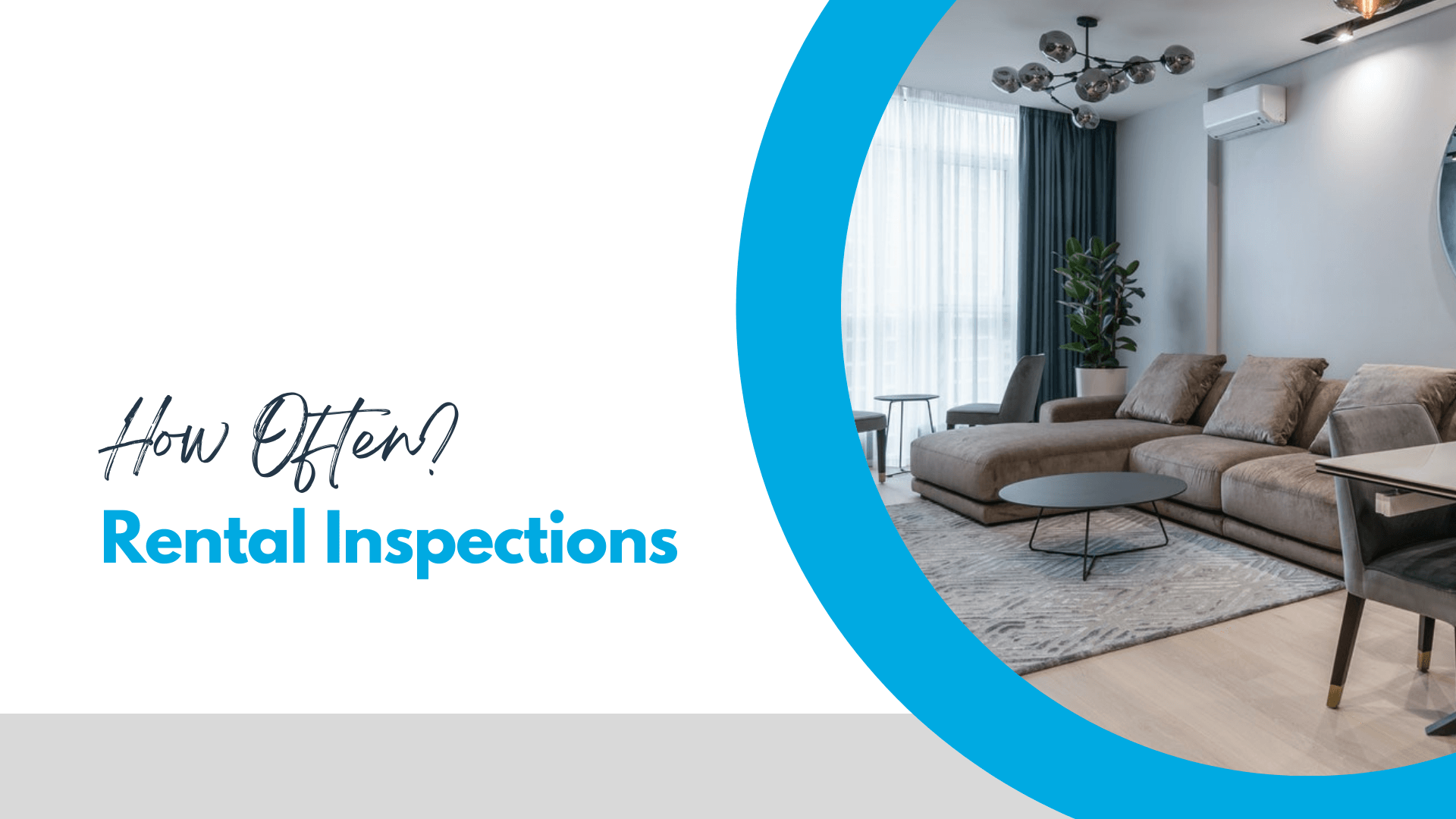
Routine rental property inspections are an important part of renting out a home. As a Chula Vista landlord, you’ll want to make sure your property is in good shape and your tenants are performing the way you expect them to. It’s an excellent opportunity to check for deferred or unreported maintenance issues. It’s also a good way to hold your tenants accountable to their lease agreements.
Regular inspections can provide peace of mind and valuable information.
But, how often should you inspect? You want to protect your investment property, but you also want to respect the privacy and rights of your residents. We recommend a complete inspection before the move-in and after the move-out. We also suggest you walk through the property once during the tenancy. A preventative maintenance walk-through can ensure you don’t have to worry about anything going on at your property.
Make routine inspections part of your lease agreement so residents know to expect them. And, pay close attention to the way you inspect during move-in and move-out periods.
Move-In Inspections Document Chula Vista Rental Property Condition
Routine inspections start with the move-in inspection.
A well-documented record of your property’s condition is going to protect you before a tenant moves in. Always take a lot of pictures and detailed notes. This inspection is also a good time to check for any last-minute repairs or cleaning that needs to be done before a tenant moves in. Look for leaks, appliances that aren’t working, and any safety or habitability issues.
The Move-Out Inspection: Reviewing Damage and Wear and Tear
The move-in inspection is your first inspection and the move-out inspection will be your last one.
After the tenant has moved out, you will have the opportunity to conduct another inspection of your rental property using your initial move-in report. You will see if anything has been damaged during the course of the tenancy. You have to expect and pay for normal wear and tear; every rental property will have small nail holes in the wall and carpet wear in high-traffic areas. Those are not things you can deduct from the security deposit.
However, any obvious damage due to the tenant’s behavior or neglect can be deducted from the security deposit. Tenant damage might include broken drawers and cupboards, large holes in walls, scratches in the flooring, torn or stained carpet, and appliances that were torn out or misused.
Mid-Lease Maintenance Walk-Through
At some point during the lease period, schedule a routine walk-through with your tenants. California law is pretty strict about not showing up and asking to take a look around. You need to provide notice, and you need to be looking for specific issues, such as deferred maintenance.
When you include this walk-through in your lease agreement and talk about the inspection before your tenants move in, they typically won’t be bothered by it because it won’t be a surprise. Good tenants will welcome the opportunity to show you that they’re taking care of the home, especially if they’re enjoying the place and hoping to renew their lease.
Inspections are necessary, but they can be time-consuming and tricky, especially if you’re not exactly sure what to look for and how to conduct them. A professional Chula Vista property manager can help.
 We know how to handle inspections and all your rental property management needs. Please contact us at Encore Realty.
We know how to handle inspections and all your rental property management needs. Please contact us at Encore Realty.
